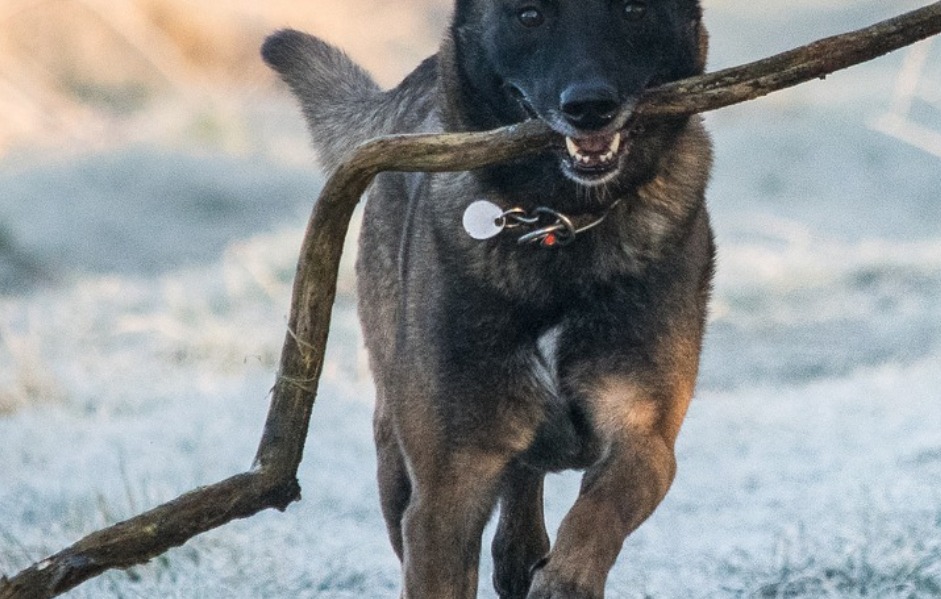
Dogs in winter, just like cats, adapt to changing temperatures. Dr. Maria Grazia Calore, a veterinary surgeon expert in behaviour, has explained the physical and behavioural changes that can be noticed in man's best friend and has also given us some advice.
Brr, how cold!
In the collective imagination the dog, unlike the more sleepy domestic cat, does not give up its dynamism when the climate becomes more rigid. In reality, it is preferable not to generalise: for example, a dog living outside will increase its appetite because more calories are needed to keep its body temperature stable.
Generally, a large dog with a lot of undercoat and long hair will react well to falling temperatures: it will be more lively and will not disdain getting wet or running in windy conditions. On the contrary, a small dog or a dog with shaved hair will be more affected by the arrival of cold weather: it may become lazier, reluctant to go outside and show discomfort with muscle tremors that are physiologically useful to raise body temperature. In particular, puppies or elderly dogs have more difficulty in maintaining a constant body temperature and may risk hypothermia or death in extreme cases due to the cold.
Some advice to help our friends
So what to do to best face winter with Fido? We can provide the coldest with waterproof coats and insulated kennels if they sleep outdoors. We also remember to dry their coat well when they return from walks because humidity increases heat loss, making the cold more pungent and dangerous. Moreover, it is preferable to take them for walks during the central hours of the day (the less cold ones), opting for more frequent and shorter outings. We also avoid subjecting our friends to temperature changes between inside and outside if we don't want them to have coughs or nasal drains for cooling. And if it snows, don't forget that many dogs have particularly delicate legs: the salt used to prevent the roads from freezing irritates their skin, in these cases the use of shoes is not a bad idea.
